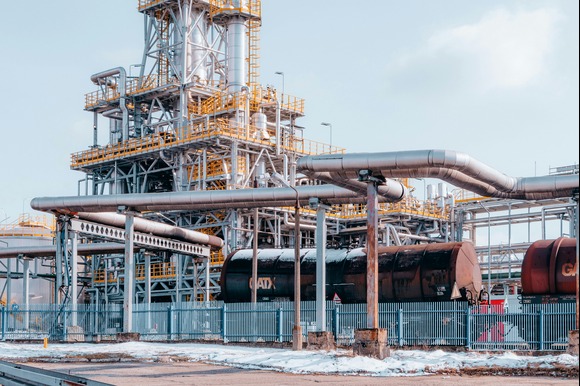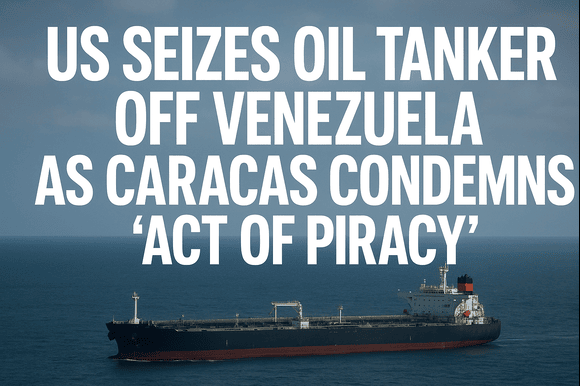
Photo by Loïc Manegarium
Global oil prices plunged by nearly 5% on Tuesday following the announcement of a ceasefire between Israel and Iran, marking a pause in nearly two weeks of escalating hostilities. However, optimism was short-lived as both sides traded accusations of ceasefire violations within hours of the truce taking effect.
Brent crude, the international benchmark, fell sharply to $68 per barrel after the ceasefire announcement, though it later regained some ground as tensions flared again. Iran and Israel each accused the other of breaching the ceasefire agreement, casting doubt on the durability of the fragile peace. As of Tuesday evening, crude was trading at $69.67—just below its level on 13 June, when Israel launched missile strikes on Iran’s nuclear facilities.
The recent volatility in oil prices had been driven by fears that Iran could disrupt global energy supplies by blocking the Strait of Hormuz, a strategic chokepoint through which a significant portion of the world’s oil and gas is transported. Those concerns had caused prices to spike as high as $81 per barrel during the height of the missile exchanges.
Market confidence received a boost after US President Donald Trump confirmed on social media that the ceasefire was “now in effect.” Israel followed shortly after with its own confirmation. However, within hours, the situation shifted again as Israel accused Iran of launching a new missile strike, prompting Israeli Defence Minister Yoav Gallant to order “powerful strikes” on Tehran in response.
Despite the renewed tensions, stock markets in the UK and Europe responded positively to the initial ceasefire. London’s FTSE 100 rose 0.4%, France’s Cac 40 gained 1.1%, and Germany’s Dax index increased by 1.7%. In Asia, Japan’s Nikkei closed up 1.1% and Hong Kong’s Hang Seng rose by 2.1%, reflecting a temporary return of investor confidence.
“The market reaction shows a glimmer of hope that the worst might be over—for now,” said Priyanka Sachdeva, senior market analyst at Phillip Nova. “If the ceasefire is followed as announced, investors might expect the return to normalcy in oil.” However, she cautioned, “The extent to which Israel and Iran adhere to the recently announced ceasefire conditions will play a significant role in determining oil prices.”
The recent escalation had stoked global fears of surging costs in fuel, energy, and everyday goods. Oil prices had soared by more than 15% since the initial Israeli strikes on Iranian nuclear targets, raising alarm over rising petrol and diesel costs that could drive inflation. Analysts warned that prolonged instability could affect everything from utility bills to food prices and holiday costs, drawing parallels to the global economic ripple effects seen after Russia’s invasion of Ukraine three years ago.
In energy markets, UK wholesale gas prices fell by 12.5% on Tuesday, retreating after days of sharp increases. Qatar, a key supplier of liquefied natural gas (LNG) to Europe, plays a vital role in the energy supply chain. The country was thrust into the spotlight on Monday when Iran launched a missile attack on a US military base located in Qatar, in retaliation for American strikes on Iranian nuclear facilities.
The strategic significance of the Strait of Hormuz remained a key concern. Any disruption in traffic through the waterway—through which one-fifth of global oil supply passes—would have a cascading effect on international energy markets. The recent events brought back memories of 2022, when geopolitical shocks translated into real-world financial strain for millions of households worldwide.
As of Tuesday night, while the ceasefire remained officially in place, the situation on the ground continued to evolve. Israel’s defence minister, Yoav Gallant, declared Iran to be in violation of the truce and vowed a forceful response, saying: “We will not tolerate further provocations. The order has been given for powerful strikes on Tehran.”
The fluctuating dynamics underscore the fragile nature of the ceasefire and the immense geopolitical risks still looming over the energy market. Investors and policymakers alike are closely monitoring developments, wary of any escalation that could once again send oil and gas prices soaring.




